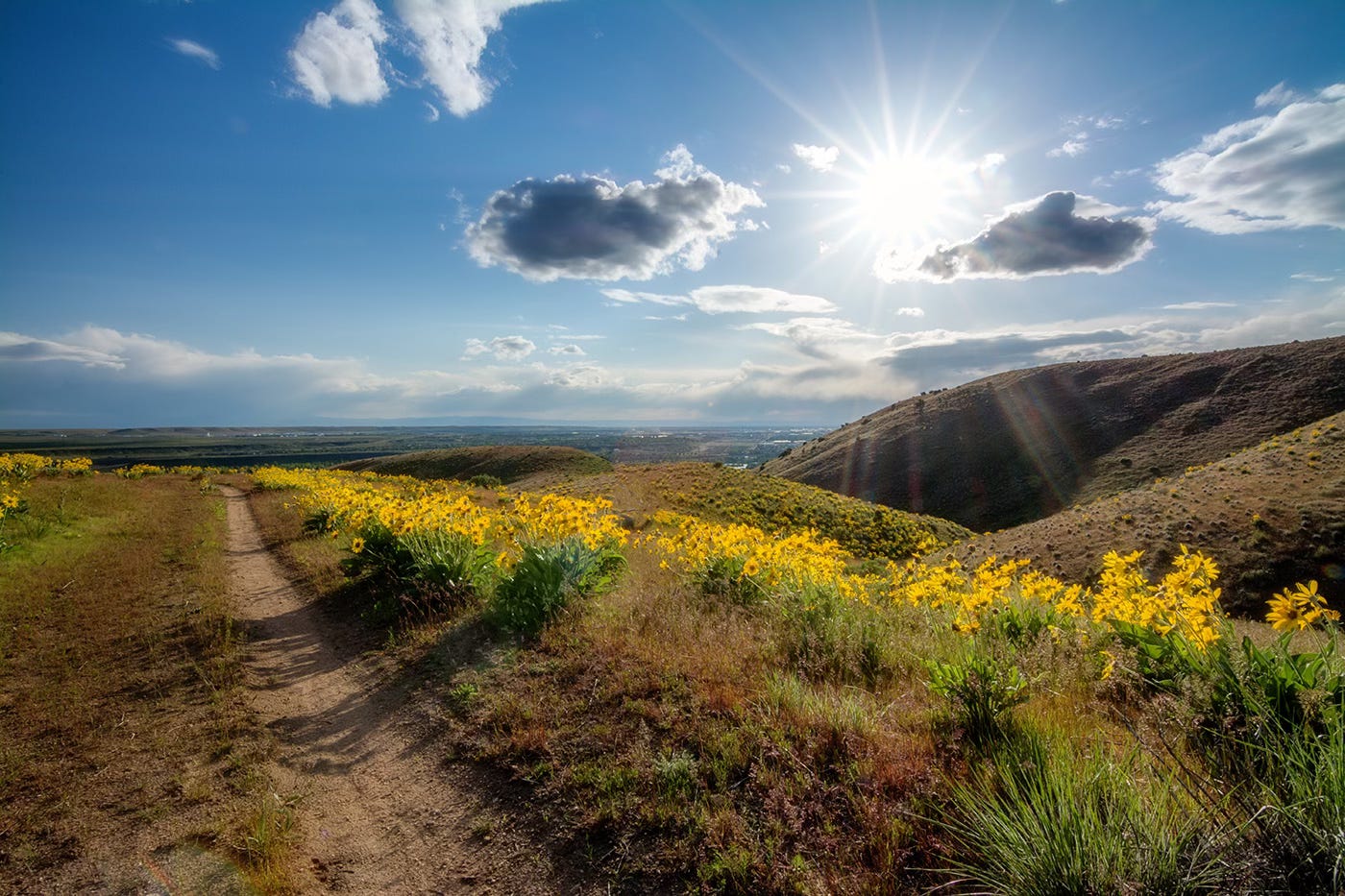Before Trump and House Republican’s “Big Beautiful Bill” hit the floor the U.S. House, a controversial provision was stripped to sell half a million acres of federal land in Utah and Nevada. That provision was opposed by Idaho Representative Mike Simpson and Montana Representative Ryan Zinke, who was Interior Secretary during Trump’s first administration. The measure only passed by one vote and Simpson and Zinke’s votes were crucial and probably was a driver in resulting in the removal of the federal land sell-off provision.
But, the proposal is not dead yet. Utah’s Mike Lee, Chair of the Senate’s Energy and Natural Resources Committee has vowed to revive the measure in the U.S. Senate as it considers the bill.
Idahoans love their federal public lands. They are used for camping, hiking, hunting, fishing, boating, and a myriad of other uses. A sale of federal lands in Idaho would be intensely unpopular.
But, Idaho’s congressional delegation and state leaders have a tool available that could make land available in Idaho for use, including for development and critical community needs, but without diminishing Idaho’s overall portfolio of federal lands.
It is swap of Idaho’s scattered school trust lands for consolidated federal lands. Such could be a win for federal land users and open opportunities for Idaho communities.
The key is Idaho’s school endowment lands, granted at statehood in 1890. Idaho initially received scattered pieces of ground, mostly 640 acres in size, totaling a bit less than 4 million acres. Most are six miles apart. Because scattered pieces are hard to manage, Idaho has swapped many of its trust lands for federal lands, allowing consolidation. Many of those consolidated areas are in North Idaho and today are leased for timber production and generate roughly $100 million each year which substantially benefit Idaho schools.
There are still many scattered Idaho endowment lands throughout Idaho, mostly interspersed among federal BLM property which make up 22% of all land in Idaho.
Idaho endowment lands can be traded for federal land if the value of what is being swapped is equivalent under both federal and state law. Such was done in Owyhee County in 2021 when Idaho swapped 24,000 acres of state land for 31,000 acres of BLM land. They were deemed of equivalent value.
A better alternative for Idaho, rather than reducing total federal lands in our state by sale, would be a statewide land swap to consolidate the state lands inside BLM lands by trading them for BLM property located together in larger, more usable chunks. Such would make the consolidated state lands far more valuable for revenue generation and preserve large tracts of federal lands for the use of Idahoans and Americans as whole. A win-win.
So, instead of pushing the sale of federal land, which is controversial and triggers division even among Republicans, a land swap could unite, rather than divide Idahoans.
For instance, the southern half of rapidly growing Ada County has plenty of scattered school endowment land. If swapped for BLM land, the state portion could be used for housing or infrastructure for Boise-area communities. But, the BLM land chunks, now not interspersed with state lands, would be preserved for public use.
Smaller Idaho rural counties could follow Owyhee County’s lead and use land swaps as a tool to unlock opportunities for community and economic development while preserving the recreational access that makes Idaho special.
Governor Little should take the lead by calling for Idaho county commissions and city leaders to analyze their local area and see if a land swap would be beneficial in their local area. Lands swaps, not land sales, should be the Idaho way.
About the Author
Steve Taggart is an attorney in Idaho Falls and has worked in Republican politics since his teens, both in campaigns and for elected officials, including running a congressional office.
Click this link for the original source of this article.
Author: Political Potatoes
This content is courtesy of, and owned and copyrighted by, https://idahoconservatives.com and its author. This content is made available by use of the public RSS feed offered by the host site and is used for educational purposes only. If you are the author or represent the host site and would like this content removed now and in the future, please contact USSANews.com using the email address in the Contact page found in the website menu.








